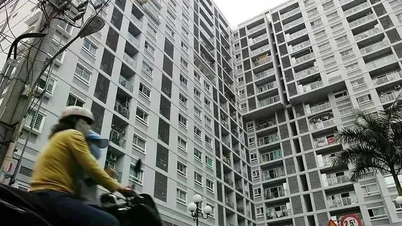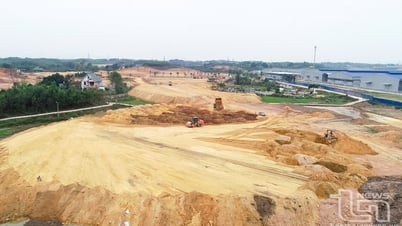
After a sharp decline in April due to the impact of US tariffs, Vietnam’s manufacturing sector recovered in May. Although new orders continued to decline, output grew again and overall business conditions were largely unchanged as some firms noted more stable tariff policies compared to April.
The S&P Global Vietnam Manufacturing Purchasing Managers' Index (PMI) released on June 2 came in below 50 for the second consecutive month in May, but rose to 49.8 points from 45.6 points in April. This shows that business conditions in the Vietnamese manufacturing sector have almost stabilized.
New orders fell in May, as in April, according to the S&P Global survey. The recent decline was due to tariffs and weaker demand. The impact on demand was felt most in export markets, where new orders from abroad fell at a much faster rate than total new orders.
The decline in new export orders was roughly the same as that recorded in April, while the fall in total new orders was smaller than in the previous month.
In contrast to the decline, manufacturing returned to growth in May after falling in April. Greater stability in tariff policy is said to have helped support a rebound in output, while capacity improvements were also cited.
Notably, business confidence improved in May as tax policy became more stable. However, some businesses remain concerned about the potential impact of tariffs, with sentiment remaining well below the index’s historical average.
Efforts to boost output prompted manufacturers to increase purchasing activity slightly in May. The increase in input purchases ended a two-month period of decline.
Despite increased purchasing activity, inventories of inputs and finished goods declined, as companies reported reluctance to hold inventory and deliver goods quickly to customers.
A weak demand environment prompted some suppliers to cut their product prices in May, leading to a decline in input costs during the month. This was the first reduction in input prices since July 2023.
With input costs falling, manufacturers continued to lower their selling prices in mid-Q2 2025. Selling prices have now fallen for the past five months, with output prices falling again slightly in May.
Tariff news continues to play an important role in determining the direction of Vietnam's manufacturing sector, according to Andrew Harker, chief economist at S&P Global Market Intelligence.
May saw a more stable picture of US tariff policies than April, leading to a rebound in output and improved business confidence.
However, the analyst also noted that manufacturers remained cautious about the impact of tariffs and saw a sharp decline in new export orders, which contributed to a further decline in total new orders.
Another notable aspect of this month's PMI survey was that input costs fell for the first time in nearly two years as suppliers were forced to cut prices amid falling demand.
The market is still focusing on the US tariff policy after the results of negotiations between the two sides. This will be an important factor affecting the trend of Vietnam's manufacturing industry in the coming time.
Source: https://baolaocai.vn/nganh-san-xuat-phuc-hoi-sau-anh-huong-tu-chinh-sach-thue-quan-cua-my-post402739.html

























![[PHOTO] Every day - thousands of tons of steel billets are produced](https://vphoto.vietnam.vn/thumb/402x226/vietnam/resource/IMAGE/2025/6/1/5bee7c0e398d4534b0cdbde0cc739add)











































































Comment (0)